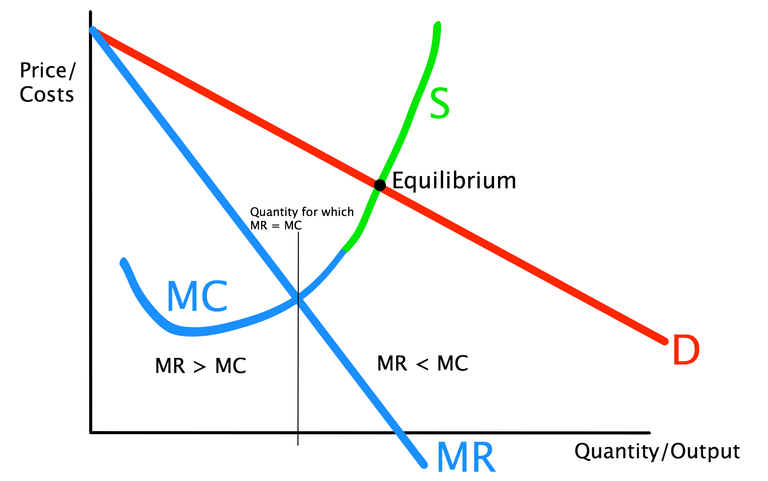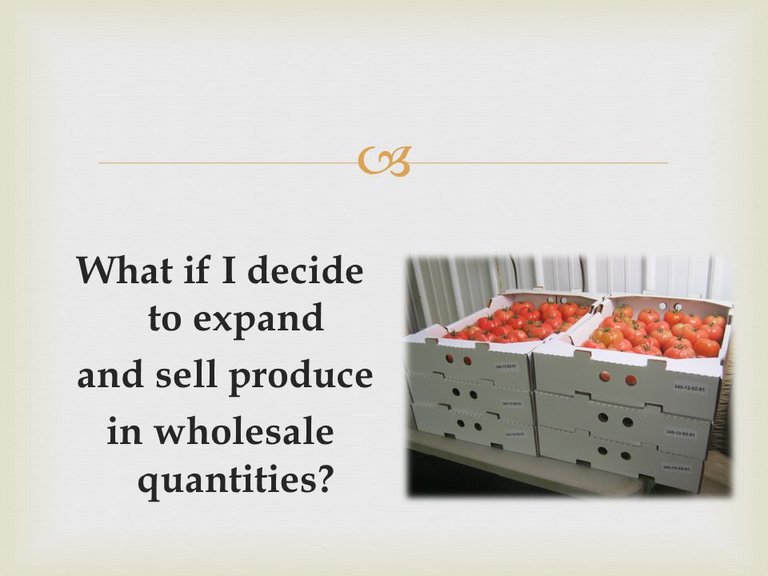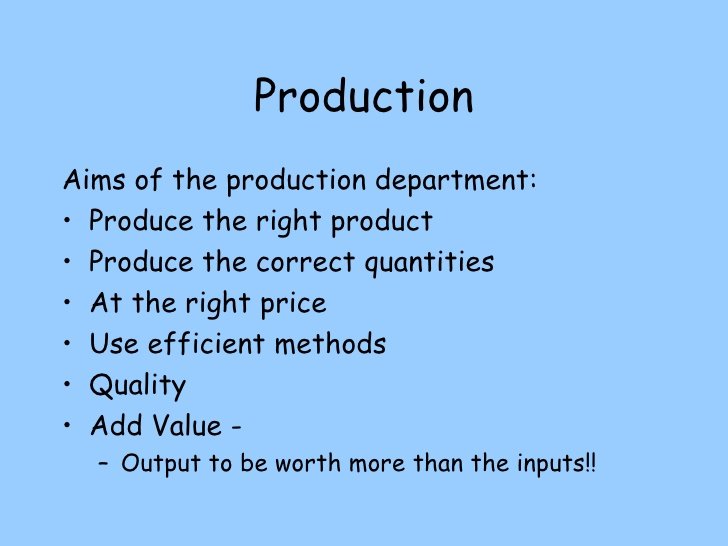
Before producing anything a decision should be made regarding what to produce or what not to produce. An economy can produce different possible combinations of goods and services with given resources. The problem is that, out of these different combinations, which combinations is to be produced. If production of one good increases then less resources will be available for the other goods.

In other words, what to produce refers to which goods and services a society chooses to produce and in what quantities to produce them. No society can produce all the goods and services it wants, so it must choose which is produce and which to forgo. Over time, only those goods and services for which consumers are willing and able to pay a price sufficiently high to cover at least the costs of production will generally be produced. Automobile manufactures will not produce car costing 1 million if no one is there to purchase them. Consumers can generally induce firms to produce more of a commodity by paying a higher price for it. On other hand, a reduction in the price of the consumers are willing to pay commodity will usually result in a decline in output of commodity. For example: an increase in the price of milk and a reduction in the price of eggs are signals to farmers to raise more cows and fewer chickens.

Congratulations @indra1986! You received a personal award!
You can view your badges on your Steem Board and compare to others on the Steem Ranking
Do not miss the last post from @steemitboard:
Vote for @Steemitboard as a witness to get one more award and increased upvotes!